
9 Strategies To Improve Customer Retention (The Key To Ecommerce Growth)
See why customer retention is crucial to ecommerce growth and how to develop an effective retention strategy for your brand.
Ask a group of ecommerce VPs which marketing metrics are most important to track, and you’re sure to hear mentions of gross margin, conversion rate, and average order value. Oddly enough though, you’re less likely to hear one of the key metrics mentioned: customer retention rate.
Why is that?
Marketing teams tend to measure success in terms of sales revenue. That’s as it should be. You’re in business to turn a profit. When you focus on total sales, though, you value your new customers just as much as repeat customers. That picture of customer value entirely misses one huge point: Customer acquisition costs far outweigh customer retention costs.
Every dollar you invest in getting one new customer to place an order could contribute to delivering ten or more repeat sales – if that same dollar was invested in tactics aimed at improving customer retention and brand loyalty.
Any top-notch salesperson will tell you the real job starts after the first order is placed. The sales path is more accurately described as a circle leading from hearing about you to listening to and believing you, to placing an order – then on to helping get the word out to others and purchasing again and again.
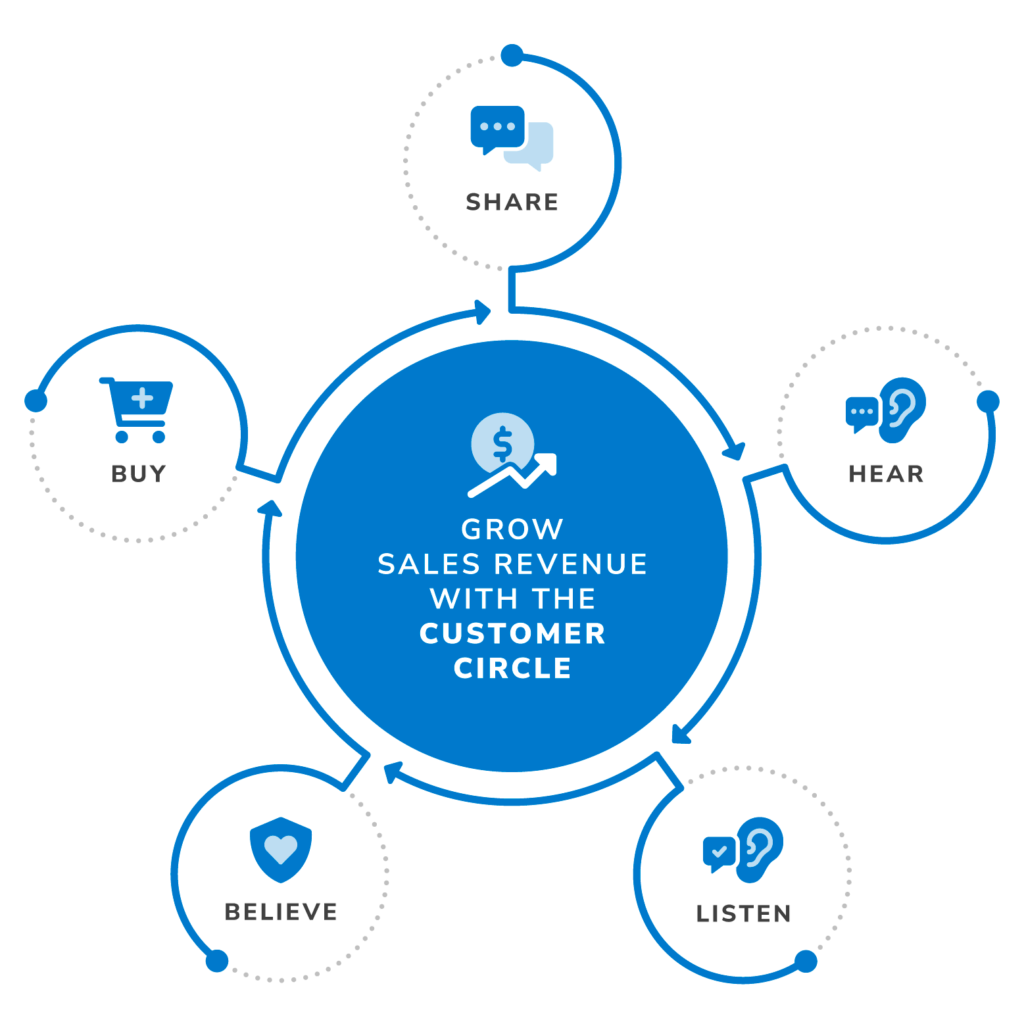
What is customer retention?
Customer retention refers to the rate at which customers stick with your brand over a certain period of time. The higher your customer retention rate is, the more existing customers you have coming back for more.
Customer retention rate is a particularly crucial metric for ecommerce brands today since shoppers have so many choices. It’s easy to jump ship to a competitor when they’re a dime a dozen. But, if your retention rates are high, it shows you have a loyal customer base and in-demand products.
How do you measure customer retention rate?
Like most ecommerce metrics, there’s a handy formula to work out your customer retention rate:
(Number of customers at end of the period – number of new customers acquired during the same period) / number of customers at the start of the period x 100
If you had 300 customers at the end of your chosen period, acquired 150 new customers during that time, and had 400 customers at the start of the period, the formula would look like this:
(300 – 150) / 400 x 100 = 37.5%
This is a pretty standard percentage since the average customer retention rate for ecommerce brands hovers around 30%.
Why customer retention is important in ecommerce
Customer retention rates track both new and existing customers to determine how likely a shopper is to stick around. It highlights how good you are at acquiring new customers, but also how many existing shoppers come back–which indicates high customer satisfaction levels and an enjoyable customer experience.
There are several reasons why customer retention is important for ecommerce brands:
- Increase ROI: Acquiring new customers is great, but it’s cheaper to convert existing customers (and they’re likely to spend more with you), which increases your ROI on ad spend and other marketing efforts.
- Boost customer loyalty: Returning customers are likely satisfied with the service you’re offering, otherwise they wouldn’t come back. Increasing customer retention rates means giving shoppers a reason to come back time and time again.
- Acquire new customers: When shoppers come across a brand that has a devoted fan base, they’re going to want a slice of the action. High retention rates show potential buyers you care about them and the experience they have with you.
- Reduce customer acquisition costs (CAC): When you have high retention rates, you don’t need to spend as much on getting new customers because your existing customers purchase from you on a regular basis.
- Increase customer lifetime value (CLV): Higher customer retention rates indicate a high number of returning customers, which means the amount you make from a single customer over their lifetime with your brand significantly increases.
- Promote word-of-mouth marketing: Returning customers are more likely to recommend your brand to their friends and family. This is one of the most powerful and effective marketing strategies you can put in place.
- Focus on growth: It’s extremely difficult to grow and scale your business if the majority of your efforts are focused on constantly acquiring new customers. If you consistently need a large volume of new customers to keep revenue coming in, you’ll never be able to dedicate the necessary time and resources to growing your business.
Increasing customer retention rates ensures that revenue continues to flow even when you’re not actively seeking out new customers. This, in turn, allows you to focus on expanding into new markets or increasing your product offerings while maintaining a high ROI and satisfied customers.
Customer retention also relies on really understanding your customers so you can provide them with excellent, personalized experiences. The better you know your shoppers, the easier it is to market to them, communicate with them, and, ultimately, sell to them. Plus, high retention rates are a sign you’re doing things right. No one’s going to keep coming back if you sell subpar products that are a constant disappointment.
Customer retention strategies in action: 9 ecommerce examples
1. Implement a customer loyalty program
Loyalty programs reward your most loyal customers–simple. By offering incentives to shoppers that come back, you’re encouraging them to continue purchasing from you.
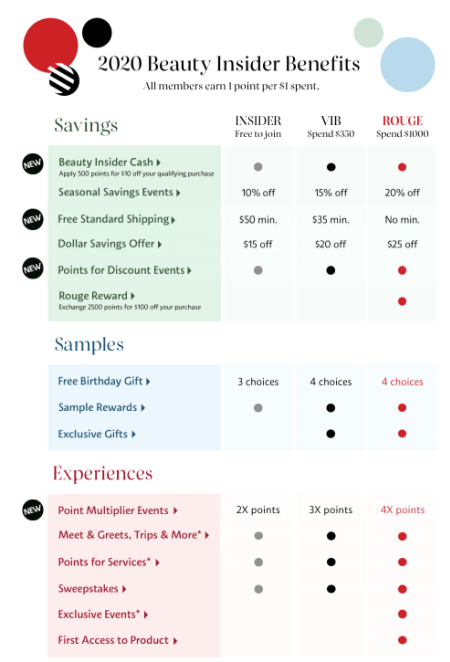
Sephora’s loyalty program is revered in the beauty industry. Shoppers can get different types of incentives on different occasions, but the program is also tiered so the more loyal a customer is, the more they can get.
2. Send SMS and email marketing win-back campaigns
Getting customer email addresses and sending them follow-up campaigns post-purchase can win back existing customers. Use insights from their past purchases and interactions with your brand to send personalized product recommendations and offers.
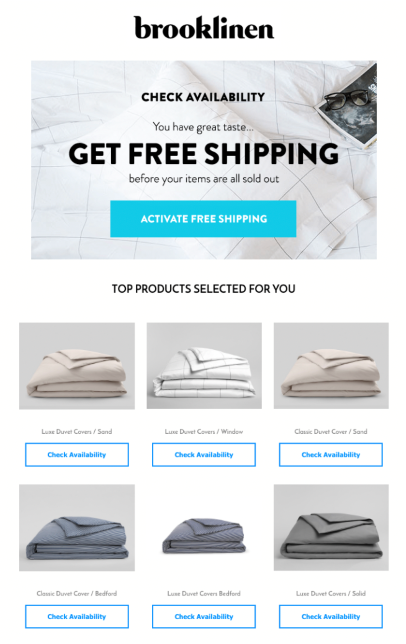
Brooklinen sends a personalized product recommendation to existing customers with the chance to claim free shipping.
3. Identify high-converting customers
Pinpointing who your best customers are will show you who exactly you need to treat like VIP. Find out through your sales metrics who’s bought the most from you and who continues to purchase on a regular basis. You can create a unique audience segment of your best customers and share exclusive content and offers with them.
Enjoying this article?
Subscribe to our newsletter, Good Question, to get insights like this sent straight to your inbox every week.
4. Tailor user experience
Customer expectations are high. Shoppers expect brands to understand their unique wants and needs and serve personalized experiences based on that.

Drunk Elephant offers specific audience segments the chance to claim free shipping.
5. Get customer support involved
Your support team has deep insights into the frustrations and challenges your customers face. Speak to them to get useful customer feedback that you can implement to make the shopping experience more enjoyable.
6. Follow up immediately with new customers
First impressions are crucial. Show new customers you value them by hopping straight into their inbox when they make a purchase. This is a critical moment in cementing the brand-customer relationship.
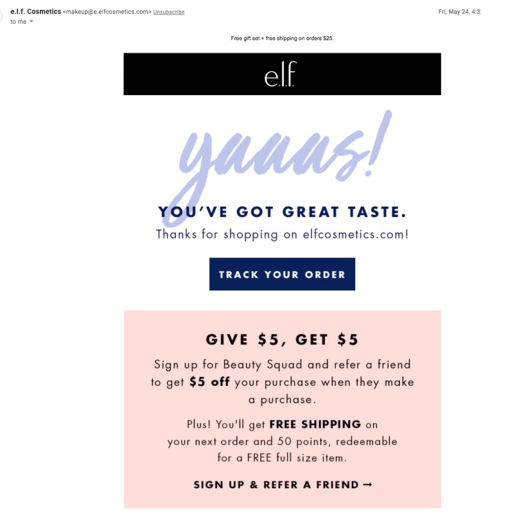
Elf Cosmetics follows up with new shoppers as soon as they place an order. The email includes an incentive if they refer a friend.
7. Create a referral program
Talking of referral programs… encourage shoppers to recommend your brand to their friends and family in exchange for a special offer.
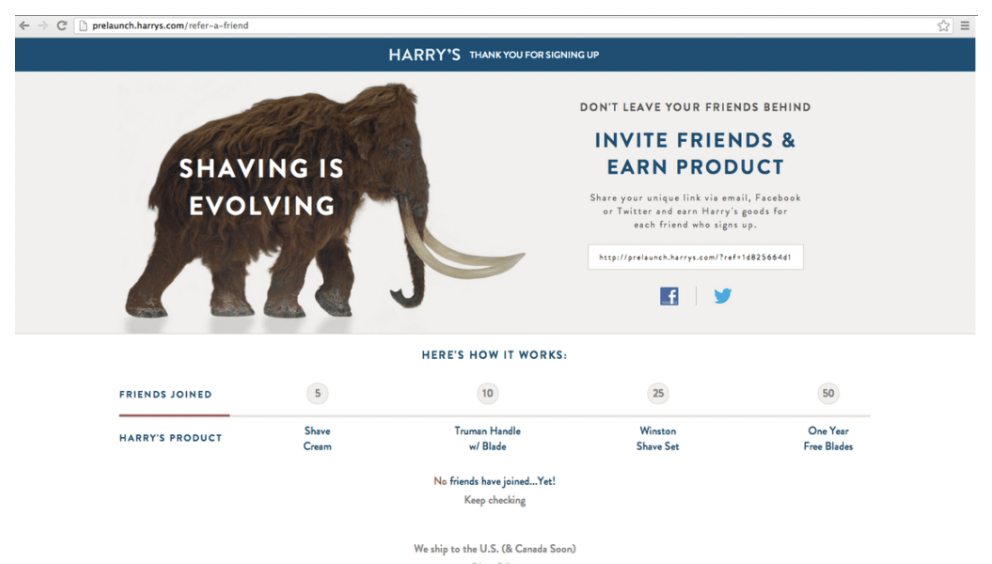
Shaving brand Harry’s asks new customers to tell their friends in exchange for a free product.
8. Stay in touch and go the extra mile
Standing out today means going the extra mile. Stay in touch with customers, maintain a connection, and don’t forget the little things. Dog food brand Chewy is a pro at this. It’s renowned for sending heartfelt cards and paintings to its most valued customers.

9. Constantly learn more about your customers
Knowledge is power, especially when it comes to customer retention. Collect data from analytics, dig into heat maps, and carry out user testing to identify where there’s friction in the customer journey and how you can improve it. Use advanced tools yourself or engage an optimization partner to help.
How to improve your customer retention rate with DXO
The beauty of Digital Experience Optimization (DXO) is that it enables you to increase your overall retention rate without resorting to techniques such as discounting (which cuts into your bottom line and hinders growth).
By helping to create a seamless, pleasant shopping experience, DXO does a lot of the heavy lifting when it comes to boosting repeat conversions and maximizing your ROI. Specifically, DXO enables you to:
- Identify your most profitable customers: DXO starts with a deep dive into your website data. Using specific tools like analytics and heatmaps, you are able to identify which segments of your customers are generating the most revenue. Once this is done, you can then double down on those segments, seeking to raise conversion rates by improving the user experience.
- Identify your most profitable channels: In addition to identifying your most profitable customers, DXO also helps you determine which channels are driving the most revenue. Which is performing better: email or PPC? How effective is your social media strategy? What’s the conversion rate for Facebook ads versus PPC? DXO enables you to determine which channels are generating the most revenue and then double down on those channels.
- Adapt to the preferences of your customers: Ecommerce is constantly changing, and what worked last year probably won’t work as well this year.
Essentially, DXO allows you to see where the preferences of your customers are changing and then adapt appropriately.
For example, you may see that the conversion rate on a particular page has dropped 20 percent in the past year. Using proven DXO techniques, you can dissect the data to determine why the conversion rate is dropping and what you might do to fix it.
- Determine why customers aren’t converting in the first place: To state the obvious, if someone doesn’t initially convert on a page, there’s no chance of repeat conversions. Hence, a low initial conversion rate translates into an even lower repeat conversion rate. Using DXO, you can determine what is keeping people from making an initial purchase. Analytics may reveal that your navigation menu is too confusing, causing people to become lost as they try to navigate your site. Or user testing may show that your checkout process is too cumbersome, leading to an abundance of abandoned carts. Once you’ve identified these issues, you can then take steps to increase your first-touch conversion rate.
- Maximize your existing retention efforts: DXO is like steroids for your existing customer retention efforts, creating a virtuous cycle. Customers come to your site and, due to your DXO efforts, convert at a relatively high rate. When they come back to your site, due to email marketing or retargeting, the repeat conversion rate is also relatively high because of the DXO techniques you’ve employed.
In a sense, it’s like compound interest that keeps building on previous investments. DXO boosts both your initial conversion rate and the conversion rate of repeat customers.
Now is the time to focus on customer retention
Take a close look at your current sales and marketing strategy. How much of your budget and marketing activities are specifically devoted to current customers? How much do you know about your most loyal customers? How often are you calculating customer retention, and what are you doing to cultivate better retention?
The process begins with awareness.
Once you’re convinced that the way you treat current customers will govern growth and you’ve found the holes in your present approach to customer experience optimization, the next steps will become evident.
We’ve found the best answers to the retention challenge are best described by the Golden Rule: “Do unto others as you would have them do unto you.” Give your customers the same world-class attention you want to receive when you order something online. That starts by looking at your business from the buyers’ perspective to improve customer engagement and dramatically reduce customer churn.
Enjoying this article?
Subscribe to our newsletter, Good Question, to get insights like this sent straight to your inbox every week.

About the Author
Jon MacDonald
Jon MacDonald is founder and President of The Good, a digital experience optimization firm that has achieved results for some of the largest companies including Adobe, Nike, Xerox, Verizon, Intel and more. Jon regularly contributes to publications like Entrepreneur and Inc.